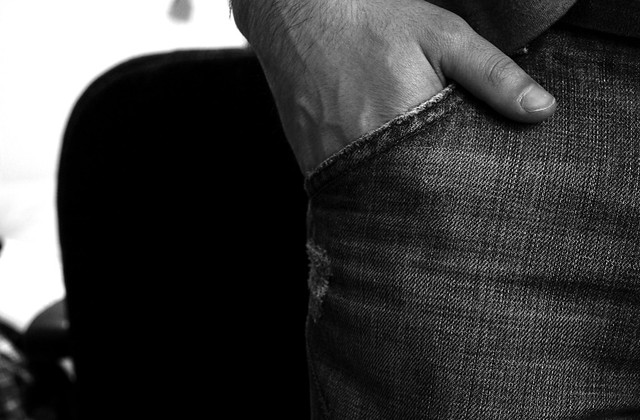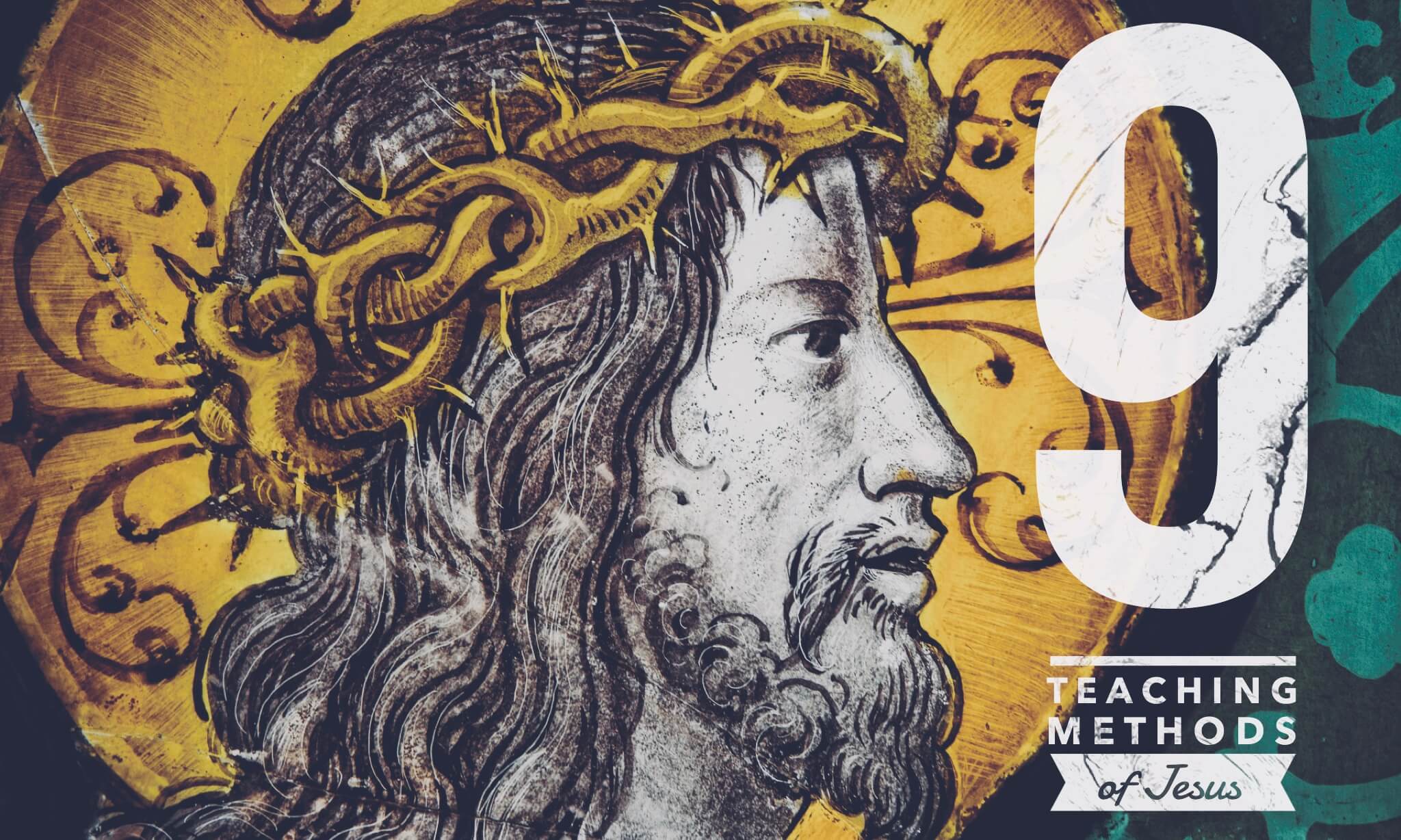Is Your Body Language Hurting Your Preaching?

Like it or not, preaching is affected by far more than just your words.
The best preachers don’t just preach with their lips, but with their whole body.
A study by Dr. Albert Mehrabian, author of Nonverbal Communication, found that 55% of communication is body language.
This means that when a speaker’s words and body language don’t align, the audience will actually hear the body more than the words.
Just think of the classic game of Simon Says. When you direct the audience to do something, they will copy your body movement more than your words. If you want to get people out of the game fast just say, “Simon says touch your nose.” Then touch your ear. Most people will touch their ear with you.
This shows that your words are powerful, but actions really do speak louder than words.
Every movement of the body communicates something whether you are aware of it or not. So we must gain control of our movement to ensure it is not competing with our message.
In light of this, here are some tips to help you think about:
Posture
What is your natural posture on stage? How should you stand?
The best stance is to have a good posture with your back straight, chest out, head up for solid eye contact, arms relaxed at sides, and feet shoulder-width apart. This communicates that you are confident but also relaxed.
Unfortunately, I have seen many pastors with bad stances. Think about what standing in different ways communicates:
- Too stiff: When a person stands like a robot they communicate that they are uptight, scared, or boring.
- Slouching: A person standing before you who is slouching – head and shoulders down – communicates that they are nervous, insecure, or bored.
- Hands on hips: When someone puts both hands on their hips they communicate that a sense of pride, or speaking down to the audience.
- Crossed arms: A preacher who crosses their arms can be perceived as either disengaged, hostile, or not agreeing with something.
- Hands clasped: When a speaker continuously holds their hands together, it gives a sense of weakness, being scared, or even wanting protection – think basketball player setting a pick.
- Hands in pockets: We have all seen the hands-in-pockets preacher. Although putting your hands in your pockets can feel relaxed, it communicates that you are nervous, or distracted.
Please do not misunderstand. I am not saying you can never use these stances. In fact, you should use them if you intend to communicate these things as part of the message. But otherwise, avoid these stances.
Hand Gestures
What should you do with your hands while preaching?
“There is no such thing as a neutral gesture. Everything you do with your hands communicates something. Make sure your hands are not giving a speech in competition with the one you are delivering.”
– Ken Davis, Secrets of Dynamic Communication
The best advice I have heard about hand gestures is to not think about them. Why? The best gestures come naturally. They flow out of the content of your message.
Don’t plan your gestures or they will feel rehearsed.
Think about the last time you sat around the dinner table with old friends telling stories. You were relaxed. Your hands flowed with the conversation.
When the story got exciting, your hands moved more. When the story was calm, your hands moved less.
When you talked about the shape of something, you formed it with your hands. When you talked about an action, your hands performed the action.
This is how hand gestures in your preaching should be. Natural. Like a good conversation among old friends.
However, if you are want to work on your hand, here are some general rules of when to use gestures:
- Numbers: Use your hands when you want to symbolize a number, or the order of something. Examples: “There were 4 of us.” (hold up four fingers). “The second reason is…” (hold up two fingers).
- Position: Use your hands to illustrate the direction or position of something. Examples: “One day we will be up in Heaven” (point up). “Sitting to his right…” (motion to the right).
- Shape: Use your hands to visualize a shape. Examples: “She was a very pregnant.” (move hands around an imaginary large belly). “The whole Earth…” (motion hands in a circle).
- Action: Use your hands to show action or symbolize movement. Examples: “He threw the football” (make throwing motion). “The flowing river…” (make waves with your hand).
- Emotions: Use your hands to help express emotions. Examples: “I was furious” (shake fists). “She cried.” (motion tears from your eyes).
Natural hand gestures that compliment a message make all the difference in the preacher appearing exciting and engaged in the message or boring.
Conclusion
Like it or not, your body speaks. Every movement communicates something.
Yes, there are more important elements of preaching like the way you exegete a text, prayer, and inspiration of the Holy Spirit. However, body language is still a huge part of communication.
Your actions on stage must be used to enhance the message, not detract from it.





Also, remember that left and right are reversed for your audience when you are speaking. If you say “left,” motion to the right to maintain the continuity of your message for those facing you.
Great point. That is such a hard thing to master too, because it is so counterintuitive.